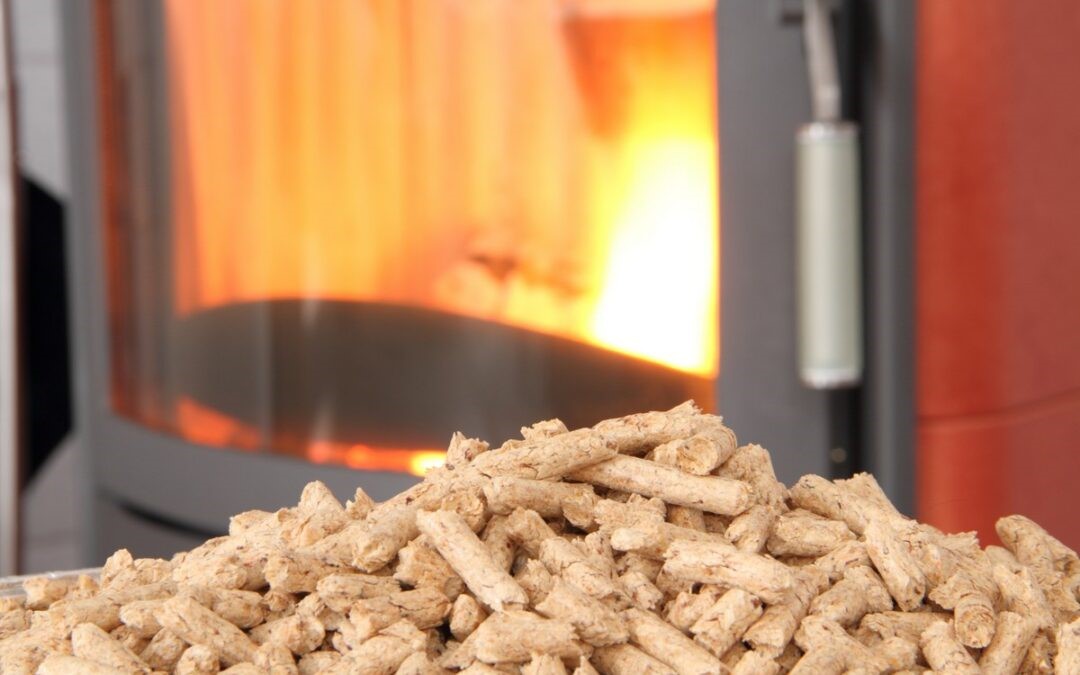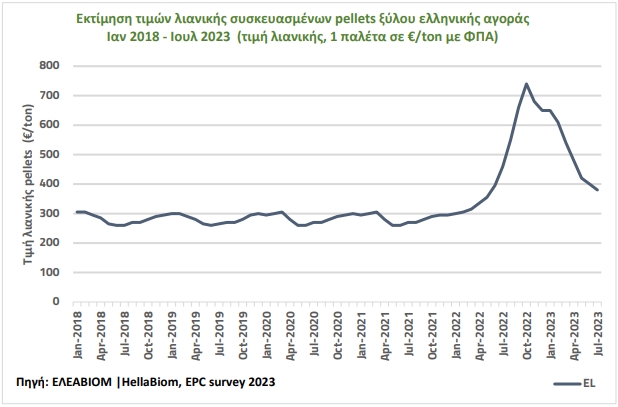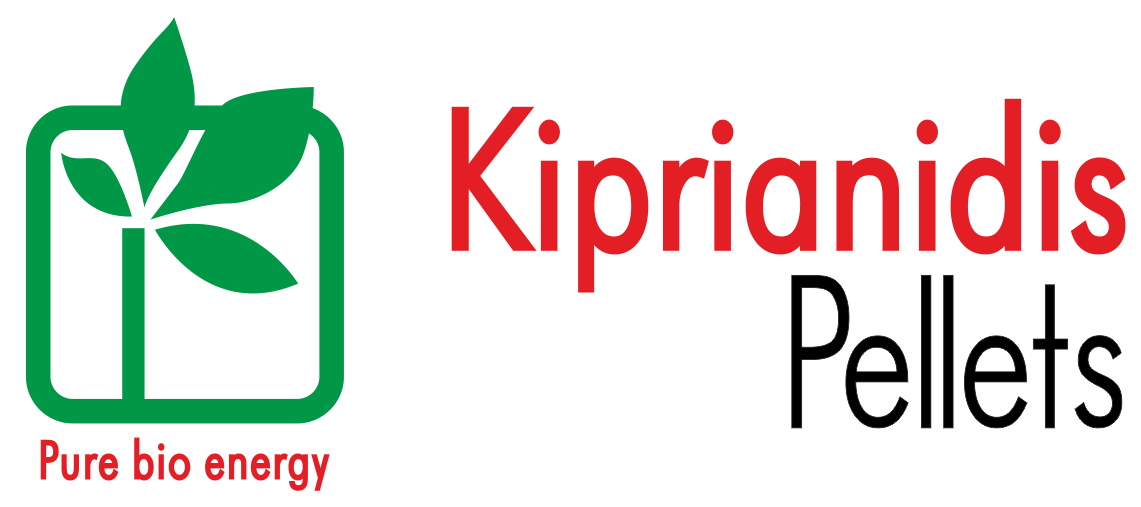28 Nov PRESS RELEASE HELLENIC BIOMASS DEVELOPMENT COMPANY (HELLABIOM)
Wood Pellets and modern appliances: an intertemporal combination of renewable and economical heating

Wood pellets are an environmentally friendly solid biofuel produced from compressed sawdust and woody residues from the wood processing industry. Choosing them as a solution for domestic and commercial heating in modern combustion devices has a variety of advantages.
The main advantages of wood pellets
• Renewable Source and Neutral Heat Climates:
Wood pellets have an undeniable advantage over fossil fuels: they are produced from renewable materials , such as sawdust and chips from wood processing industries, as well as residues from sustainable forest management, thus contributing to the circular bioeconomy and the development of the forest economy . At the same time, they are a climate-neutral solution , as the carbon dioxide they emit during their combustion has been absorbed during the growth of the biomass from which they were produced
• Stable Economical Option:
Investing in a new heating system is expensive and therefore should pay off in the long run. The severe price spikes and unpredictable risks that characterize the fossil fuel market do not occur to the same extent as wood pellets. On the contrary, pellets maintain their prices at constant levels [1] and at a cheaper level per thermal kilowatt-hour consumed, compared to the majority of home heating options. Even the sharp increase in prices for energy products during last year’s heating season did not ultimately affect the pellet market. The use of pellets is currently one of the most economical forms of heating, with the current wholesale price being up to 50% lower than last year’s highest price.

- Modern and Environmentally Friendly Form of Heating:
Given that a significant part of the stock of heating devices throughout the EU, but also in Greece in particular, is at least 30 years old [2] , modern certified heating devices with pellets are an energy efficient and environmentally friendly solution , with much lower emissions compared to conventional open-type stoves (fireplaces) and low efficiency that consume firewood, but also with old oil boiler-burner systems . [3] And the ash left by the pellets as a residue of their combustion is minimal and can be recycled.
- Thermal Comfort and Ease of Use:
The heat from a boiler or pellet stove will comfortably heat the entire house, providing thermal comfort throughout the heating season . Filling pellet heaters with fuel can take several hours and/or days, unlike a wood stove, which needs constant loading and monitoring. They are also easier to clean than wood stoves. In addition, many modern pellet appliances have technologically advanced features and often come with a remote control or smartphone app for operation programming and remote control.
- Supporting the Regional Economy and Jobs:
The use of wood pellet fuel supports the country’s mainly regional economy . It ensures that there are jobs available for those who produce, package, distribute and deliver wood pellets, as well as for those who are employed in the manufacture and maintenance of modern pellet heating devices. It contributes to the support of biomass supply chains and the sustainability of a sector of professionals, businesses and producers , which provides renewable and affordable energy , reducing the country’s dependence on fossil fuels.
In summary, the perennially economical, efficient and renewable Bioheat offered by the use of wood pellets in modern certified heating devices is part of the solution, both in the decarbonization of the heating sector through the replacement of fossil fuel combustion systems, and in achieving better air quality through emission of overwhelmingly lower pollutants compared to traditional open-type stoves. [4]
Download the Press Release here .
Sources – References:
[1] HELLABIOM Research, EPC Survey 2023 : Estimated retail prices of packaged wood pellets Jan 2018 – Jul 2023.
[2] European Commission Report No ENER/C2/2014-641-2016: Graph 90 – Share % of EU heating systems installed before 1992.
[3] NTUA – EKETA 2013 study , Chart 1: Emission indices by type of fuel and heating technology.
USEPA, Maine Energy Systems, ÖkoFEN Eco Engineering GmbH, 2010, Analysis by FutureMetrics: Particulate Emissions Comparisons Chart .
[4] SWITCH4AIR campaign supported by the European Bioenergy Association ( Bioenergy Europe ) in collaboration with the European Pellet Council ( European Pellet Council ) and relayed throughout Europe, both by national associations such as ELEAVIOM in Greece, and by international partners , supporting the belief that bioenergy plays a key role in the decarbonization of the heating sector and can contribute to a better air quality in Europe.
